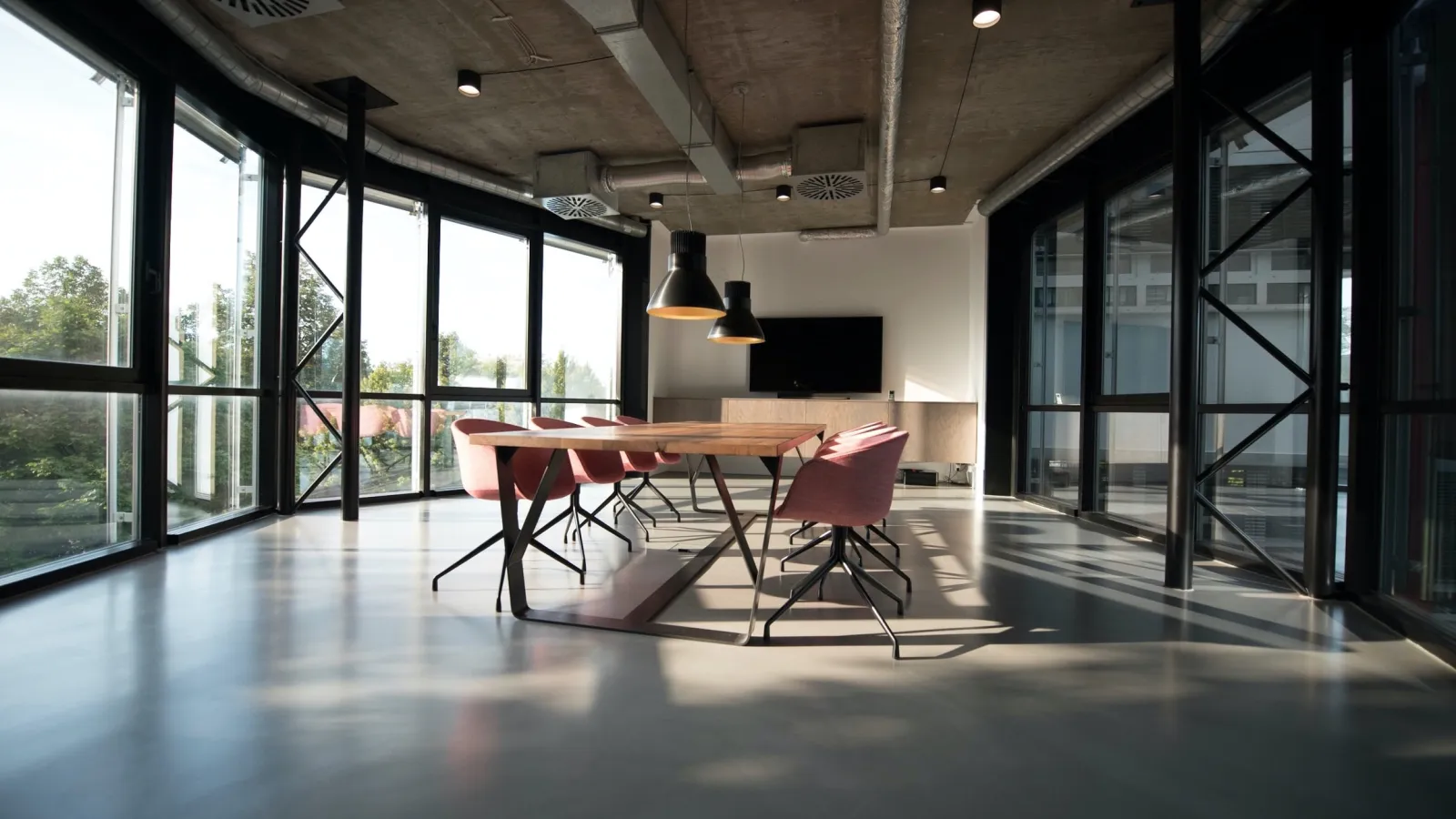Need to Shed Office Space? 3 Tips for Securing a Swift Subleasing Agreement
As the winds of change continue to blow across the office real estate market, a new trend has emerged that signals potential opportunity for companies of all shapes and sizes trying to read the tea leaves and hedge their bets in a market governed by unpredictability. According to recent CoStar data reported by The Wall Street Journal, a record 212 million square feet of office space is available for sublease across the U.S. That tally includes approximately 7.6 million square feet of sublet space here in Metro Atlanta, more than double the amount of space available pre-pandemic and representing more than 2% of the market’s total inventory. Home Depot, IBM and Zillow are just some of the major brands that have recently listed space for sublease both in-town and out in the suburbs.
The surge in subleasing activity at the local and national levels is not surprising given the ongoing hybrid work revolution and fears of a significant recession in 2023. Many companies locked into longer-term leases are looking for breathing room in their budgets as they attempt to shed space and rightsize their hybrid blueprint for the decade ahead, with subleasing emerging as a cost-competitive short-term strategy until a clearer long-term picture materializes.
But let’s face it, with so many businesses now trying their hand at subleasing, it’s clear not everyone is going to be successful given the excess supply and considerable amount of new inventory coming online every day. So if your organization is looking to escape all, or at least some, of your monthly rent expenses, how can you make your space stand out from the pack and find a willing subtenant sooner than later?
Our leasing team recently executed a successful sublease for a national software firm looking to offload some of their excess space at Northwinds Office Park in Alpharetta. In just a few months time we were able to find a willing taker who ultimately took more than 12,000 square feet of premium space, helping our client save 70 cents on the dollar. Learning from that experience, here are three practical tips office users can deploy that could tip the scales on whether or not your own deal gets done:
- A Clean & Clutter-Free Look: The same rules of selling a home also apply to office subleasing. Keep your workspace clean and free of clutter so you can create the right first impression with prospects who will likely be touring the space. Try to also remove any signage, branding, or personal memorabilia to maintain a neutral tone that enables visitors to envision their own staff using your office in the not-too-distant future.
- Contact Peers in the Same Industry: Always start by talking to other companies down the hallway or around the corner. Finding a business with mutual interest that’s already at or near your building can fast-forward the process to a swift and successful conclusion. After that, start working industry connections. “Competitors and peers in the same industry will often turn into your best leads when trying to sublease space,” said John Poulos, Executive VP, Managing Director of Tenant Representation at SKCR. “For example, a wealth management firm has to have certain software and security protocols in place due to SEC guidelines. If a prospective subtenant knows there’s an office available that’s already customized and possesses the infrastructure for their unique requirements they’re far more likely to move it to the top of the list and pay a little more in monthly rent rather than the invest the time and money that will be needed to get it up to snuff.”
- Offer Free Rent: Money talks, especially in this current environment. Companies that are willing to pony up a few months worth of free rent will have a competitive advantage over those that don’t. Not every business will be able to sweeten the pot, but at the very least try to offer a discounted rate for the initial stages of the agreement. In the majority of sublease transactions the sublessor will still have to pay a portion of the monthly rent, but if a business can knock off two-thirds to three-fourths of that recurring cost then they’ll still have ample capital to reinvest in core business activities.
Subleasing office space can be an effective tool for saving valuable dollars in the long run and ensuring your business isn’t overextended during times of economic turbulence. To learn more about how SKCR can assist with your subleasing needs, click here.


